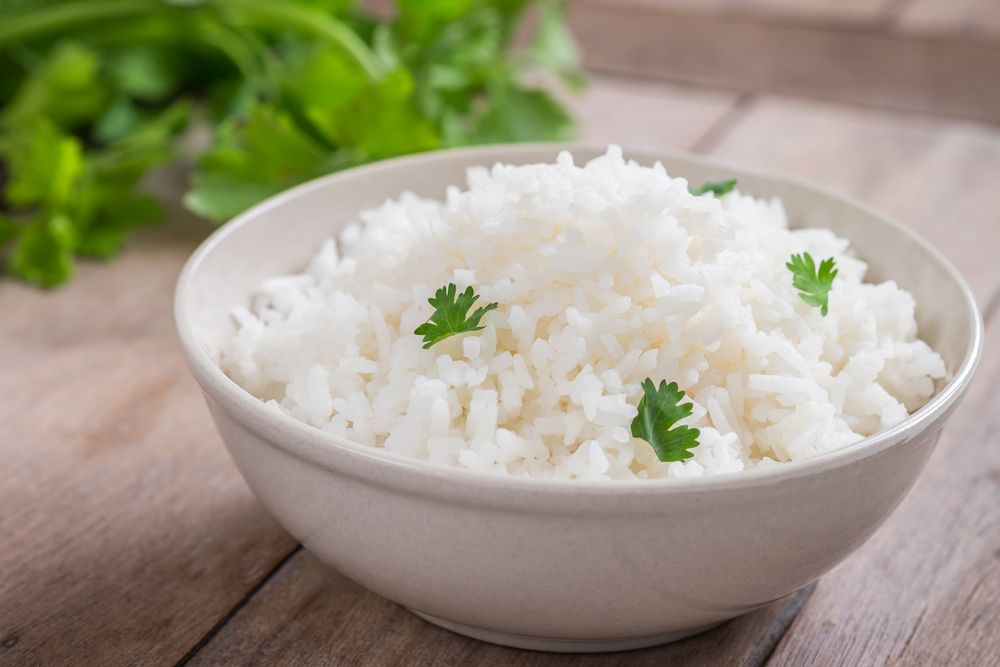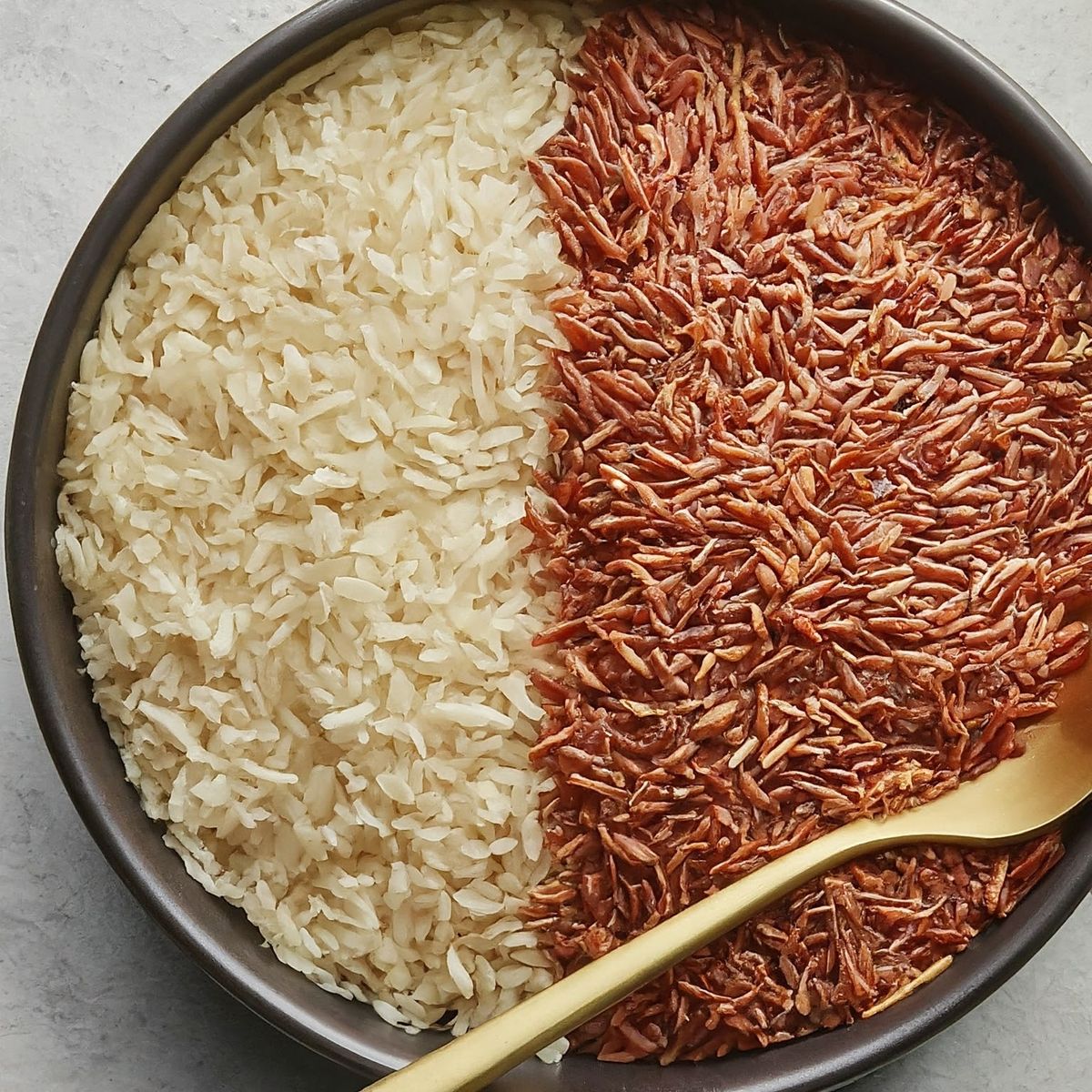Around the world, rice has been a cornerstone of culinary traditions for centuries. Its mild flavor and fluffy texture make it an incredibly versatile grain, serving as an ideal base for a wide variety of proteins, legumes, and other ingredients.
In recent years, however, rice has faced criticism in certain circles in the United States, largely due to the rise of fad diets that downplay the nutritional value of carbohydrates. Despite this, rice remains a dietary staple for over half of the global population. Contrary to claims made by some social media influencers, rice can be a valuable part of a balanced diet, offering essential nutrients that are often underappreciated.
When it comes to rice varieties, which one takes the crown for nutrition? While there are many types of rice to consider, white and brown rice are the most common and easily accessible. So, let’s dive into the battle between these two popular choices to determine which is the "better" option. It’s white rice vs. brown rice in the ultimate nutrition face-off. Which one will come out on top? Keep reading to find out! Plus, don’t miss 13 Healthy Rice Recipes for Weight Loss for more ideas.
Nutritional Comparison
Although white and brown rice differ in appearance, both come from the same plant, Oryza sativa. The key distinction lies in how they are processed.
Brown rice is a whole grain, meaning it retains the bran, germ, and endosperm. The bran and germ are rich in fiber, vitamins, and antioxidants, which provide additional nutrients. One concern with opting for white rice over brown is that you miss out on these valuable components.
White rice, on the other hand, has had the bran and germ removed, leaving only the starchy endosperm. This makes white rice softer and quicker to cook, often resulting in a more delicate texture that's easier to eat.
Brown Rice (Cooked)

Nutrition (Per 1 cup):
Calories: 248
Fat: 2 g (Saturated Fat: <1 g)
Sodium: 8 mg
Carbs: 52 g (Fiber: 3 g, Sugar: <1 g)
Protein: 6 g
White Rice (Cooked)

Nutrition (Per 1 cup):
Calories: 169
Fat: <1 g (Saturated Fat: 0 g)
Sodium: 9 mg
Carbs: 37 g (Fiber: 2 g, Sugar: <1 g)
Protein: 4 g
Both white and brown rice offer similar nutritional profiles, with low fat content and high carbohydrate levels. However, brown rice contains slightly more fiber—3 grams per cup—compared to white rice's 2 grams, thanks to the bran and germ remaining intact. Brown rice also tends to have more antioxidants due to its minimal processing. Both varieties contain less than 1 gram of naturally occurring sugars. In terms of protein, brown rice provides 6 grams per cup, while white rice offers 4 grams.
Although brown rice can have more micronutrients, this isn't always the case. Many types of white rice are fortified, meaning nutrients that may have been lost during processing are added back in. When comparing unfortified versions, brown rice typically has higher amounts of B vitamins, zinc, and magnesium than white rice.
Health Benefits & Potential Risks
Brown Rice

Benefits
In recent years, the benefits of adding whole grains to your diet have become widely recognized, and brown rice offers a simple way to do so. Whole grains like brown rice have been linked to lower blood sugar levels, potentially reducing the risk of developing type 2 diabetes.
One advantage of brown rice is its lower glycemic index (GI), a measure of how carbohydrates impact blood glucose levels. Brown rice has a GI of 50, compared to white rice's 89. For individuals managing metabolic disorders or aiming to control blood sugar levels, brown rice may help stabilize glucose more effectively than white rice.
Although brown rice contains only slightly more fiber than unenriched white rice, this can still be beneficial. One cup of cooked brown rice provides 3 grams of fiber, which accounts for about 8% of the daily recommended intake for men and 12% for women. Fiber is crucial for promoting satiety, or the feeling of fullness after eating, and is associated with maintaining a healthy weight. In fact, one study found that consuming whole grains, like brown rice, is linked to weight loss in both adults and children.
Additionally, fiber contributes to cardiovascular health by helping lower blood pressure and LDL cholesterol, further reducing the risk of type 2 diabetes. Beyond fiber, brown rice is rich in essential nutrients, including magnesium, phosphorus, and B vitamins, all of which support vital bodily functions. Its antioxidant properties also help reduce the risk of chronic diseases and promote heart health.
Risks
However, there are potential risks associated with consuming brown rice. Some varieties may contain higher levels of inorganic arsenic, a toxic substance that can pose health risks if consumed in large quantities over time. To minimize this risk, it's advisable to choose rice grown in regions with lower arsenic levels and diversify your diet by incorporating other whole grains. Additionally, individuals sensitive to high-fiber foods might experience digestive discomfort, as brown rice is less processed and therefore more fibrous than white rice.
It's also worth noting that brown rice contains phytic acid, which, while offering some health benefits, can reduce the body's absorption of essential minerals like zinc and iron. Soaking brown rice in water before cooking can help reduce this effect and improve nutrient absorption.
White Rice

Benefits
Contrary to popular belief, white rice is not without nutritional value. When fortified or enriched, it contains some fiber and essential nutrients like B vitamins.
Enriched white rice is widely available in grocery stores, and this fortified version can offer higher levels of key nutrients than brown rice. For instance, 1 cup of cooked enriched white rice provides about 21% of the daily recommended value of niacin (vitamin B3), compared to only 3% in unenriched rice. However, if you opt for unenriched white rice, you may miss out on important nutrients.
Another reason people choose white rice is that it is easier to digest than brown rice, largely due to its lower fiber content. While fiber is beneficial for most people, those with chronic digestive issues may prefer white rice for its gentler effect on the stomach. Additionally, white rice cooks faster than brown rice, making it a convenient choice for busy nights when time is limited.
Risks
While white rice has its advantages, its higher glycemic index can be a potential concern for some. Some studies suggest that frequent consumption of white rice may be linked to an elevated risk of high blood sugar and a greater chance of developing type 2 diabetes, though more robust research is needed to confirm this. If you have diabetes or are at risk, it's important to consult your healthcare provider to develop a personalized eating plan.
Additionally, white rice tends to have lower antioxidant levels compared to brown rice due to the processing it undergoes. The antioxidants in brown rice may help protect against various chronic diseases, benefits that you might miss out on by choosing white rice. If you prefer white rice, it’s a good idea to incorporate other antioxidant-rich foods into your diet, such as berries, nuts, and seeds, to ensure you're getting those protective nutrients.
Which Is Healthier: Brown or White Rice?

There’s no clear-cut answer to whether brown or white rice is healthier, as both come from the same plant, with their differences resulting from the production process. While brown rice has gained popularity in health-conscious circles, white rice can also fit into a nutritious diet.
No single food will determine the success of your diet. White rice remains a staple in many cultures around the world and is often used in a variety of traditional dishes. Brown rice, with its distinctive texture, complements many meals just as well. Both can contribute to a balanced and healthy diet—the key is what you pair your rice with and your overall food choices. Enjoy what you like, keeping in mind that moderation and balance are essential.

